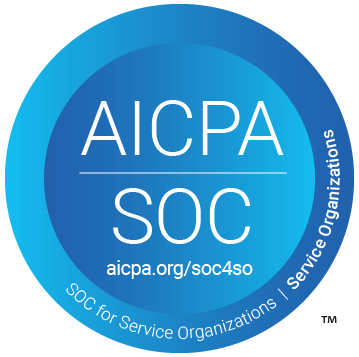The Blueprint to ACOs Coordination of Care Strategy
Through the healthcare reform, risk-based organizations together with provider groups have been on a mission to try and improve the overall patient experience. As one of the pioneering value-based entities, Accountable Care Organizations (ACOs) are at the forefront of the industry, continuously finding ways to enhance coordination of care from the beginning of the healthcare journey all the way to the end. Since its debut, ACOs have been changing how care and services are delivered for the better, and over the years, they have been trusted to perform and exceed expectations.

What Makes ACO Different from Other Care Models?
ACOs improve the quality of care by providing base level care and putting the care team in control of every member’s healthcare journey. They, as an organization, focus and value the patient outcomes. By design, ACOs have the faculty, resources, and abilities to achieve what healthcare calls the Triple Aim, which seeks to improve patient care, enhance population health, and minimize healthcare costs. This all-encompassing objective completely covers all the necessary action to be successful in the time of the value-based care movement.
ACO Works to Improve the Patient’s Coordination of Care
The ACOs, through the business model’s structure and incentives, can build better coordination of care for patients. And it is the organization’s ability to apply the Triple Aim that they can provide an improved coordinated care, yielding positive healthcare results that leads to better patient satisfaction. There are a few key agents that serves as a blueprint in building an efficient care coordination and in creating strategies, these are the ones must be considered:
Communication
Interpersonal communication is fundamental to coordinating care. Providers and staff within a care team must be effective in communicating critical roles, specialties, and other crucial information of the whole healthcare process for a smooth collaboration.
Clinical integration
Clinical integration is vital in facilitating coordination of care. This involves an approach that unifies every healthcare component to align administration and management across the continuum of care.
Financial accountability
Through the downside path, ACOs and healthcare providers are able to meet out-of-death outcomes. Taking on financial risk and responsibility for the service quality and cost ensures a better patient experience.1
Collaboration, communication, and financial alignment are the most fundamental aspects in developing a good strategy for coordination of care. Without basis to support the work, execution can ultimately fall short.

ACOs’ Future Looks Promising
Just to name a few, today’s uptick of costs and expenses in the modern healthcare landscape continues to be the consequence of unnecessary services and test duplication. One way and the single most practical solution to address it is following the blueprint of ACO model to improve coordination of care. A great strategy that marries healthcare network of providers, settings, and resources that includes a care coordination software is sure to meet set healthcare goals and outcomes.
Let Your Strategy Talk the Talk With the Help of QuickCap
Having a good strategy is not enough. At the end of the day, it all boils down to how well the patient’s coordination of care is implemented, administered, and attained. MedVision’s signature healthcare solution, QuickCap, never fails to provide the integrated technology support for risk-based organizations like ACOs with capabilities that allows you to:
- Configure care plan, health assessment, and contracting templates
- Manage authorization referrals and claims administration
- Utilize evidence-based guidelines for the right clinical decision
- Process accurate calculations and payments
- And many more!
Find Out More Features of QuickCap 7!
Recently published articles
Keep in touch
Subscribe to get the latest update
Trending topics
Share your insights on social media
Upcoming events and company news















